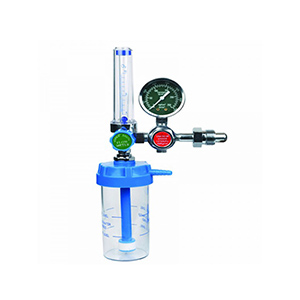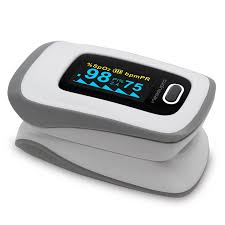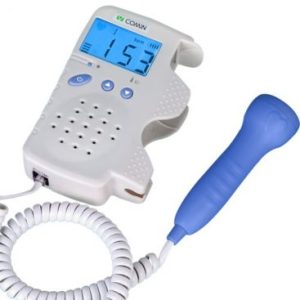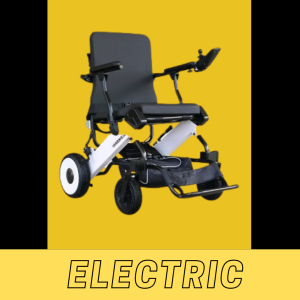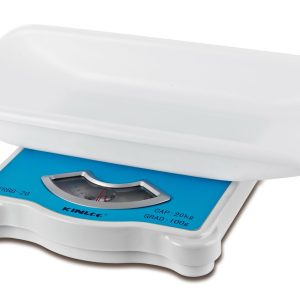Oxygen Regulator Set VERTICAL
Oxygen Regulator it is a special device that regulate the flow of oxygen from portable oxygen cylinder of compressed oxygen gas or a liquid oxygen system to the oxygen tubing and nasal cannula or oxygen face mask used to breath in the oxygen.
It can be used to administer oxygen for first aid or oxygen uptake for the people who are in need of oxygen.
How to use:
Open the valve of oxygen cylinder then connect the screw nut of air intake closely;
Connect the oxygen pipe to the oxygen outlet firmly
Demount the humidifying cup (anticlockwise rotation) put some distilled water in (purified water or plain boiled water can also FUNCTION) the water quantity should be between the bottom and top tick mark then tighten up the bottle cap to the humidifying cup(clockwise rotation)
Rotate the flow regulating valve to the rate you need (anticlockwise to up, clockwise to down ,till to close) then put it to nose to use.
close the valve of oxygen cylinder firstly while not using then close the flow regulating valve until the pointer of oxygen manometer return to zer
KSh 9,000.00
CompareOxygen Regulator
It is a special device that is used to regulate the flow of oxygen from an oxygen cylinder
commonly known as oxygen conserving devics
Related products
-
Black Friday, MEDICAL EQUIPMENT
FINGER TIP PULSE OXIMETER
0 out of 5(0)Pulse oximetry is a noninvasive method for monitoring a person’s oxygen saturation. Though its reading of peripheral oxygen saturation (SpO2) is not always identical to the more desirable reading of arterial oxygen saturation (SaO2) from arterial blood gas analysis, the two are correlated well enough that the safe, convenient, noninvasive, inexpensive pulse oximetry method is valuable for measuring oxygen saturation in clinical use.
In its most common (transmissive) application mode, a sensor device is placed on a thin part of the patient’s body, usually a fingertip or earlobe, or in the case of an infant, across a foot. The device passes two wavelengths of light through the body part to a photodetector. It measures the changing absorbance at each of the wavelengths, allowing it to determine the absorbances due to the pulsing arterial blood alone, excluding venous blood, skin, bone, muscle, fat, and (in most cases) nail polish.
Reflectance pulse oximetry is a less common alternative to transmissive pulse oximetry. This method does not require a thin section of the person’s body and is therefore well suited to a universal application such as the feet, forehead, and chest, but it also has some limitations. Vasodilation and pooling of venous blood in the head due to compromised venous return to the heart can cause a combination of arterial and venous pulsations in the forehead region and lead to spurious SpO2 results. Such conditions occur while undergoing anesthesia with endotracheal intubation and mechanical ventilation or in patients in the Trendelenburg position.
SKU: n/a -
Black Friday, Christmas Offer, Home Care Equipment, MEDICAL EQUIPMENT
Fetal Doppler-Kenya
0 out of 5(0)How to Use a Fetal Doppler: Steps
- Before you use your doppler, consider that some women report hearing the heartbeat easier in the morning since that’s when the belly is typically the least bloated. Using the doppler while you have a full bladder can also make the heartbeat easier to hear.
- To start, lie with your back down on a flat surface. Expose your abdomen like you would during a regular ultrasound.
- Apply a blob of ultrasound gel or other lubricant to your lower belly. Since the gel will reduce static, use a generous amount.
- Place the doppler probe in the gel and turn the device on.
- Starting from your pubic bone, gently glide the probe upwards towards your belly button. Slowly rock the probe, covering every part of your stomach so that you find the fetus.
- If you hear a heart beat in your earphones and the display shows a heart beat per minute (BPM) of about 120 or higher, you’ve likely found your fetus. Some women say the sound is similar to galloping horses.
- If after a few minutes you cannot find your baby, shut the device off and try another time. You may need to wait for the baby to grow bigger or switch positions.
- After you’re finished, clean off the probe to avoid build up. You may choose to wipe it with 70% ethanol and let air dry or simply wipe it with a clean, dry cloth. Do not submerge the device in water (except waterproof models) or apply cleaning chemicals.
SKU: n/a -
Black Friday, Home Care Equipment, MEDICAL EQUIPMENT, WHEELCHAIRS
Electric Wheelchair Kenya
0 out of 5(0)Quick removable motors(only 15kgwithout motors and battery)
Backrest tilting one second folding/unfolding
Well designed frame for comfortable riding.
Breakthrough brushless wheelchair drive technologies.
SKU: n/a -
MEDICAL EQUIPMENT
Baby manual weighing scale
0 out of 5(0)MANUAL BABY WEIGHING SCALE
It is used to measure infant’s weight by placing the infant on the tray and reading the weight on the gauge.
It can hold up CAP 20kg and grad 100g.
It comes with a tray to hold the infant.
Durable and affordable.
SKU: n/a

